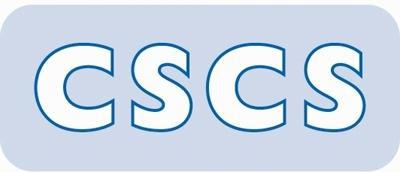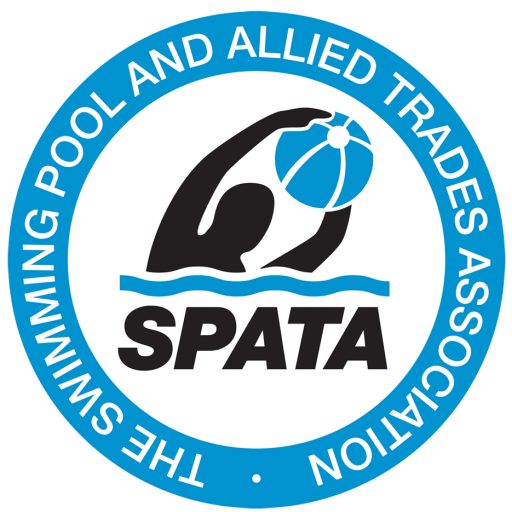Why Using Nitrogen Hydrogen Tracer Gases Is Safe For Leak Detection
Nitrogen Hydrogen tracer gas is an extremely effective and speedy solution for tracing leaks.
Tracer gases are a mixture of 5% Hydrogen and 95% Nitrogen which is safe to use in drinking water pipes.
This blend of nitrogen and hydrogen helps to keep everyone involved in the tracer gas leak detection process safe.
Hydrogen / Nitrogen Tracer Gas has a number of features which make it safer than helium.
Our tracer gas is non-toxic, non-corrosive and non-flammable, making it suitable for use in a wide range of settings.
Call our friendly team on 0800 731 3843 to discover how we can help find your leak using tracer gases.

What Are Nitrogen Hydrogen Tracer Gases?
As the name suggests, nitrogen hydrogen tracer gas is a leak detection solution comprised of the elements Hydrogen (H) and Nitrogen (N).
The mix itself is a blend of 95% nitrogen and 5% hydrogen particles; the hydrogen particles are the key to tracing a leak.
Hydrogen is the lightest, least hazardous gas on the periodic table. Hydrogen will escape and rise from the leak location through almost any building material.
The combination of nitrogen and hydrogen allows the test part to remain dry, and also remains totally unaffected by any changes in elasticity or temperature changes, making it suitable for use in a wide range of situations and scenarios.
Hydrogen also has a number of safety features when compared to hydrogen; the former is non toxic, non flammable and non corrosive, making it safer for the engineers involved. As well as being safer, hydrogen has the added bonus of reduced viscosity, and is far less expensive to purchase and maintain, making it a popular option for many contractors.
Tracer gas leak detection allows leaks in pipework to be detected quickly, saving valuable time and money.
How Do I Contact ADI For Tracer Gas Leak Detection?
Here at ADI Leak Detection we are always ready to take your call, simply call on 0800 731 3843 and your call will be greeted by one of friendly team who are here to help you with finding your water leak.








